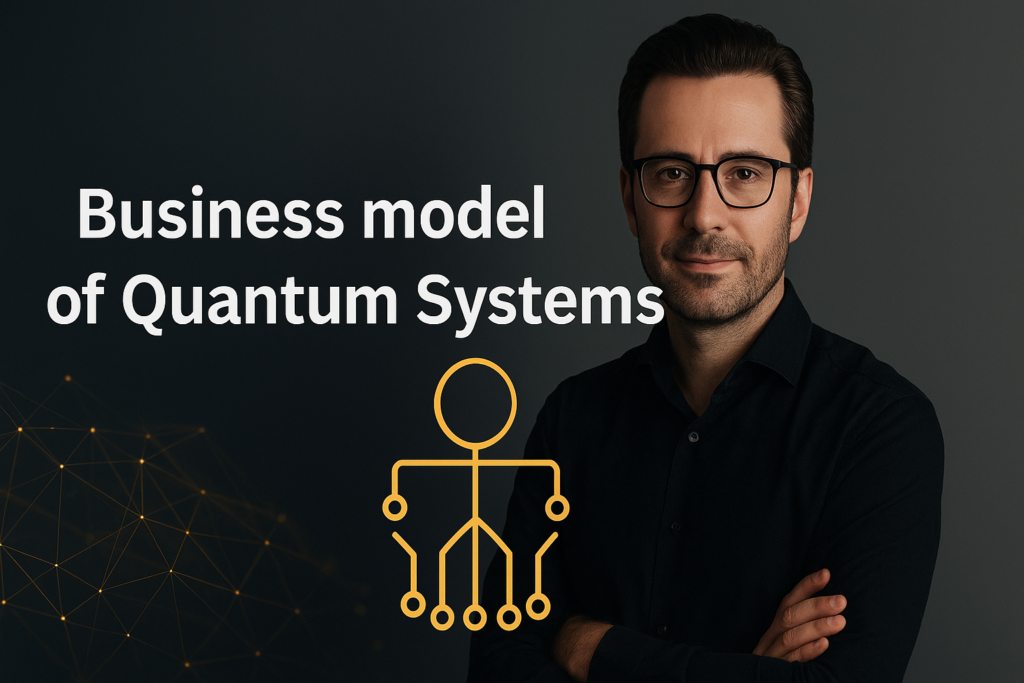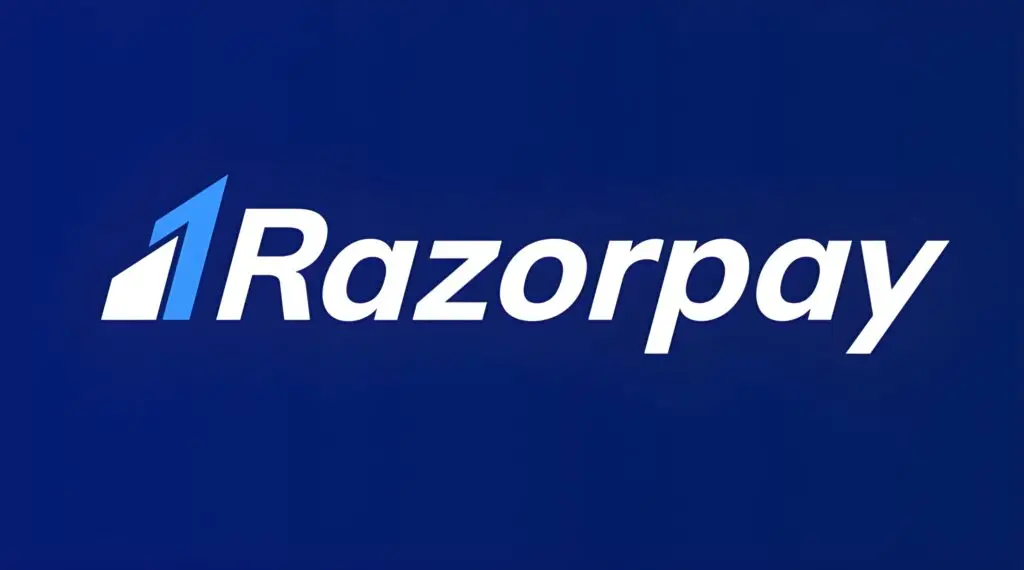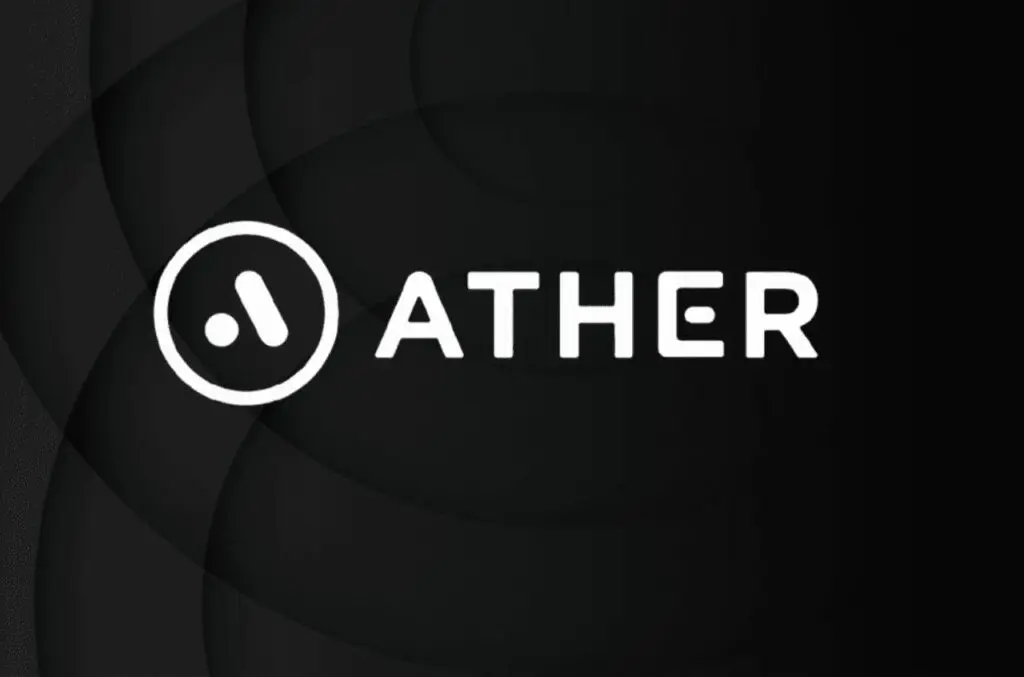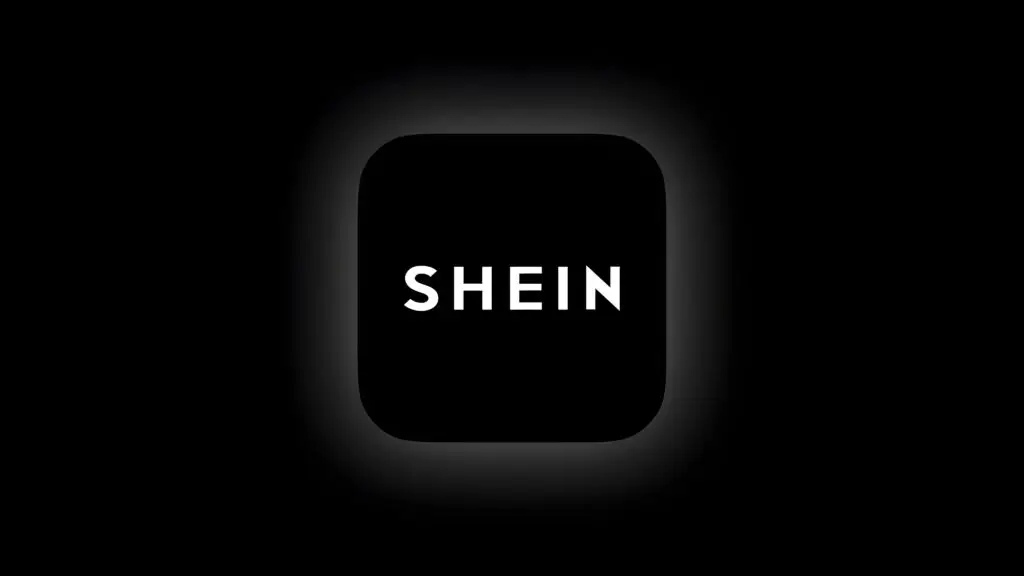| Category | Details |
|---|---|
| How Quantum Systems Started | Founded in January 2015 in Gilching, Germany by Florian Seibel (former German Armed Forces helicopter pilot and aerospace engineer), Dr. Michael Kriegel, Tobias Kloss, and Armin Busse. Initial focus was agricultural mapping drones before pivoting to dual-use military applications in 2019. Founders met during PhD work at University of German Armed Forces Munich. |
| Present Condition | Unicorn status achieved May 2025 with €1 billion valuation after €160M Series C. Now pursuing €150M additional funding targeting €3B valuation. Revenue: €115M (2024), projected €250M (2025). 500+ employees expanding to 750 by end-2025. 350 Vector drones deployed in Ukraine with 75,000+ flight hours globally. Major contracts: Australia (AUD $90M), Spain (€27M), Romania (€18.4M). |
| Future of Quantum Systems & Industry | Targeting IPO as early as 2026 at €500M revenue milestone. Expanding into software, AI, and drone swarming capabilities. Military drone market projected at USD $22.81B by 2030 (7.6% CAGR). Counter-drone market reaching USD $9.3B by 2030 (25.14% CAGR). Europe accelerating defense modernization with triple-digit growth in unmanned systems procurement driven by Ukraine conflict lessons. |
| Opportunities for Young Entrepreneurs | Drone defense systems market exploding at 28.3% CAGR. Counter-UAS detection and neutralization systems, AI-powered autonomous navigation, swarm coordination software, specialized sensors integration, affordable interceptor manufacturing, airport/critical infrastructure protection, software-defined defense systems, rapid prototyping services, maintenance/training services, regulatory compliance solutions. |
| Market Share of Quantum Systems | Among 673 competitors including DJI, Parrot, ideaForge. Ranks 6th in active competitors. North America represents 46.6% of global military drone market; Europe emerging rapidly post-Ukraine. Quantum Systems holds strong European tactical drone position with specialized counter-drone niche. Competitors: Helsing (€5B valuation, software-first), traditional primes (General Atomics, Lockheed Martin for high-end systems). |
| MOAT (Competitive Advantage) | 1) Combat Validation: 350 systems battle-tested in Ukraine with continuous operational feedback loops. 2) Speed to Market: 6-month Jäger development vs. years for traditional contractors. 3) Cost Efficiency: “Few thousand euros” per interceptor vs. traditional missile systems. 4) Dual-Use Revenue: Commercial applications fund R&D while defense contracts provide scale. 5) Vertical Integration: Controls hardware-software stack unlike pure software or hardware competitors. |
| How Quantum Systems Makes Money | Primary Revenue Streams: 1) Defense contracts (nearly 50% from US sales in 2024, majority of total revenue from military). 2) Vector tactical reconnaissance systems (~€200K per unit). 3) Trinity Pro commercial mapping drones for agriculture, mining, infrastructure. 4) Jäger interceptor systems (production ramping 2025-2026). 5) Government programs of record in US, Germany, Australia, Spain, Colombia, Ukraine. 6) Software/sensor integration services. Annual revenue €36.4M (2023 data), €115M (2024), projected €250M (2025). |

My Name is Adarsh and I am Empowering startups with high-quality content at Startups Union and bridging the gap between brand stories.




